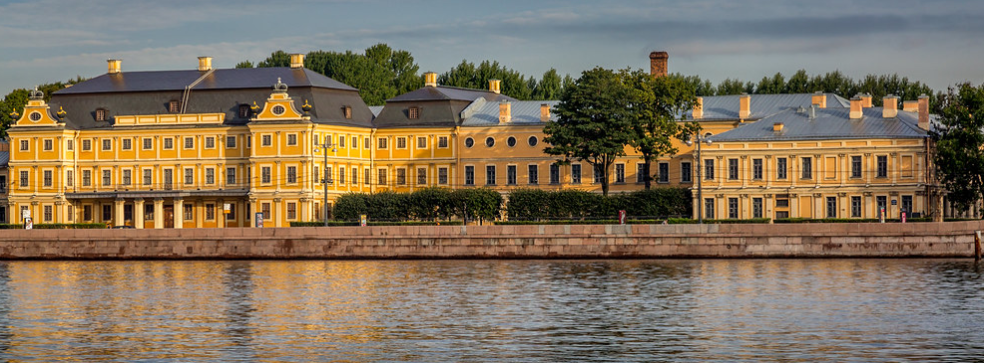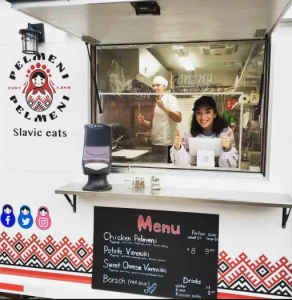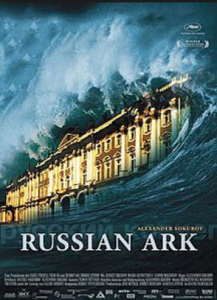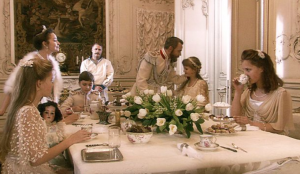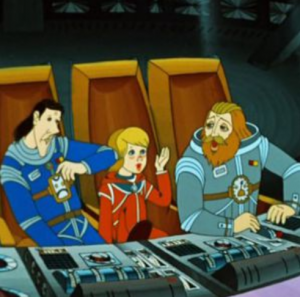
Hi there! My name is Nina (she/her), and I am a senior comparative literature major. Learning the Russian language has been the highlight of my Reed experience, but I understand that learning a new language can be a long and difficult process. I am available to help make that process a little easier! I am always happy to practice grammar, writing, and speaking with you. If my schedule doesn’t work for you, please shoot me an email! We can find time outside my available hours.
Привет! Меня зовут Нина (она/её), и я — студентка четвертого курса. Моя специальность — сравнительная литература. Изучение русского языка было самой яркой частью моего опыта в Риде, но я также понимаю что изучение нового языка может быть долгим и трудном процессом. Я готова помочь с трудностями процесса. Я всегда рада практиковать грамматику, письмо, и разговорную речь с вами! Если мое расписание вам не подходит, напишите мне на имейл, и мы найдём другое время встретиться.
Note from a Labbie: Nina tutors for Russian 111, 112, 120 as well as 220. So if you’re thinking about studying Russian or currently in the process – don’t miss out on practicing with Nina and learn from her vast experience!


